LISTEN ON: Apple Podcasts, Spotify, Amazon Music, YouTube, Google, or subscribe to the RSS.
In part 3 of our mini-series on the Liverpool & Manchester Railway, we’re working our way along the line, exploring some of the magnificent works of civil engineering on the railroad.
We’ll meet George Stephenson’s resident engineers: Joseph Locke, William Allcard, and John Dixon who had responsibility for these amazing structures.
And I’ll also try to give an idea of what building them might have involved, if you were one of the nameless hundreds of navvies on the Liverpool & Manchester Railway, who did the actual physical work.
Show notes
- 1:51 Last episode’s trivia answer
- 2:23 George Stephenson’s men on the line – Joseph Locke, William Allcard, John Dixon
- 3:40 Edge Hill Tunnel
- 5:13 How the navvies on the Liverpool & Manchester Railway built the tunnel
- 7:49 First recorded death of a railway navvy
- 10:13 Olive Mount Cutting
- 11:42 Twin Sisters locomotive
- 13:40 Broadgreen or Roby Embankment
- 15:44 Sankey Viaduct
- 16:50 Sankey Viaduct’s foundations
- 19:00 The Excavation at Kenyon
- 20:02 Chat Moss
- 22:50 John Dixon’s account of sinking
- 23:33 Robert Stannard suggests a solution
- 26:00 The track
- 28:36 This episode’s trivia question
Research and Reading List
These are some of the books and websites I used for research for this episode. Many are free resources on the internet, some you can buy for yourself … if you do fancy any of them, then buying them through these links is a great way to support the show at no extra cost to you *.
The two James’s and the two Stephensons; or The earliest history of passenger transit on railways by E.M.S.P. – Ellen Paine, 1861 Paine was William James’ daughter. Something worth bearing in mind when you’re reading this biography!
An Account of the Liverpool and Manchester Railway – Henry Booth, 1830
Liverpool and Manchester Railway, 1830-1980 – Frank Ferneyhough, 1980
Liverpool and Manchester Railway : a mile by mile guide to the world’s first “modern” railway – David Singleton, 1975
After the Canal Duke: A Study of the Industrial Estates Administered by the Trustees of the 3rd Duke of Bridgewater in the Age of Railway Building, 1825-72 – F.C. Mather, 1970
Proceedings of the Committee of the House of Commons on the Liverpool and Manchester Railroad bill: Sessions, 1825 – the full 800 pages of minutes from the committee hearings
An Accurate Description of the Liverpool and Manchester Rail-way The Tunnels, the Bridges, and Other Works Throughout the Line – James Scott Walker, 1830
And finally, a non-reading related resource, that’s worth a look: The Liverpool and Manchester Railway Trust have put together a great online map that shows the bridges and stations from the original line (and those that have been added since) – check it out here.
Images
This Episode’s Trivia Question
The London and Greenwich Railway, the world’s first elevated railway was opened in sections between February 1836 and 1838. It ran on a viaduct into London, which when finished was almost 3.5 miles long. How many arches did it have?
878 – the arches are all made of brick, and 27 of them were built on a skew. As well as being the world’s first elevated railway, the L&GR was the first railway into London.
* I use affiliate links to help support the podcast. If you buy through these links then you pay exactly the same price, and I earn a (very!) small commission.

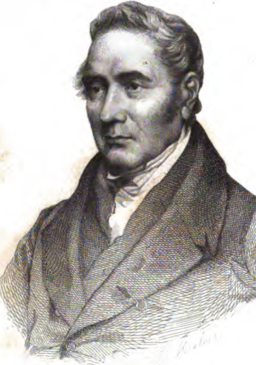
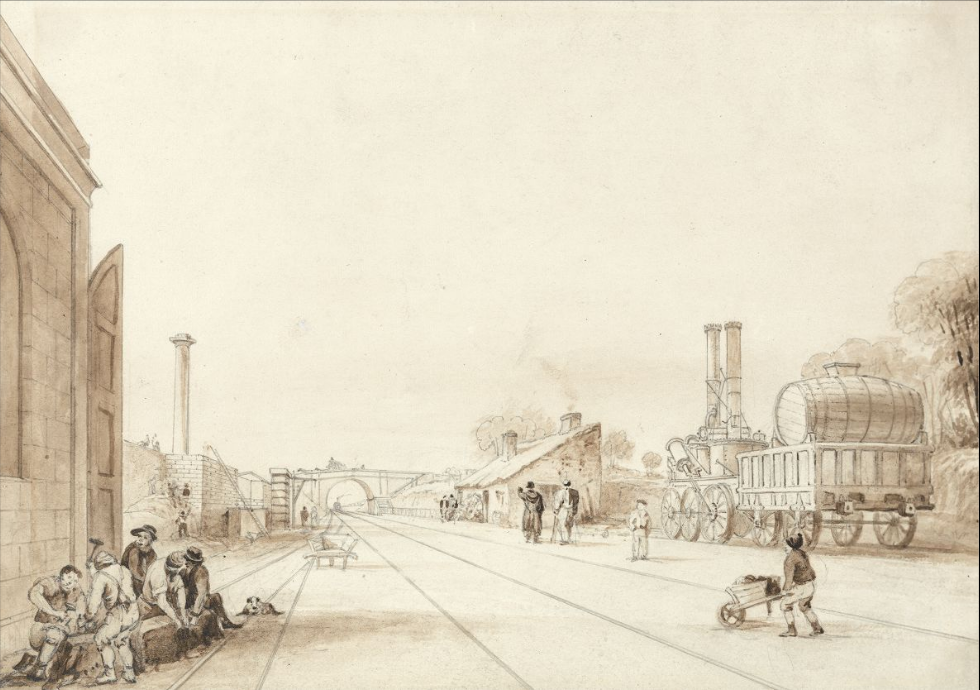
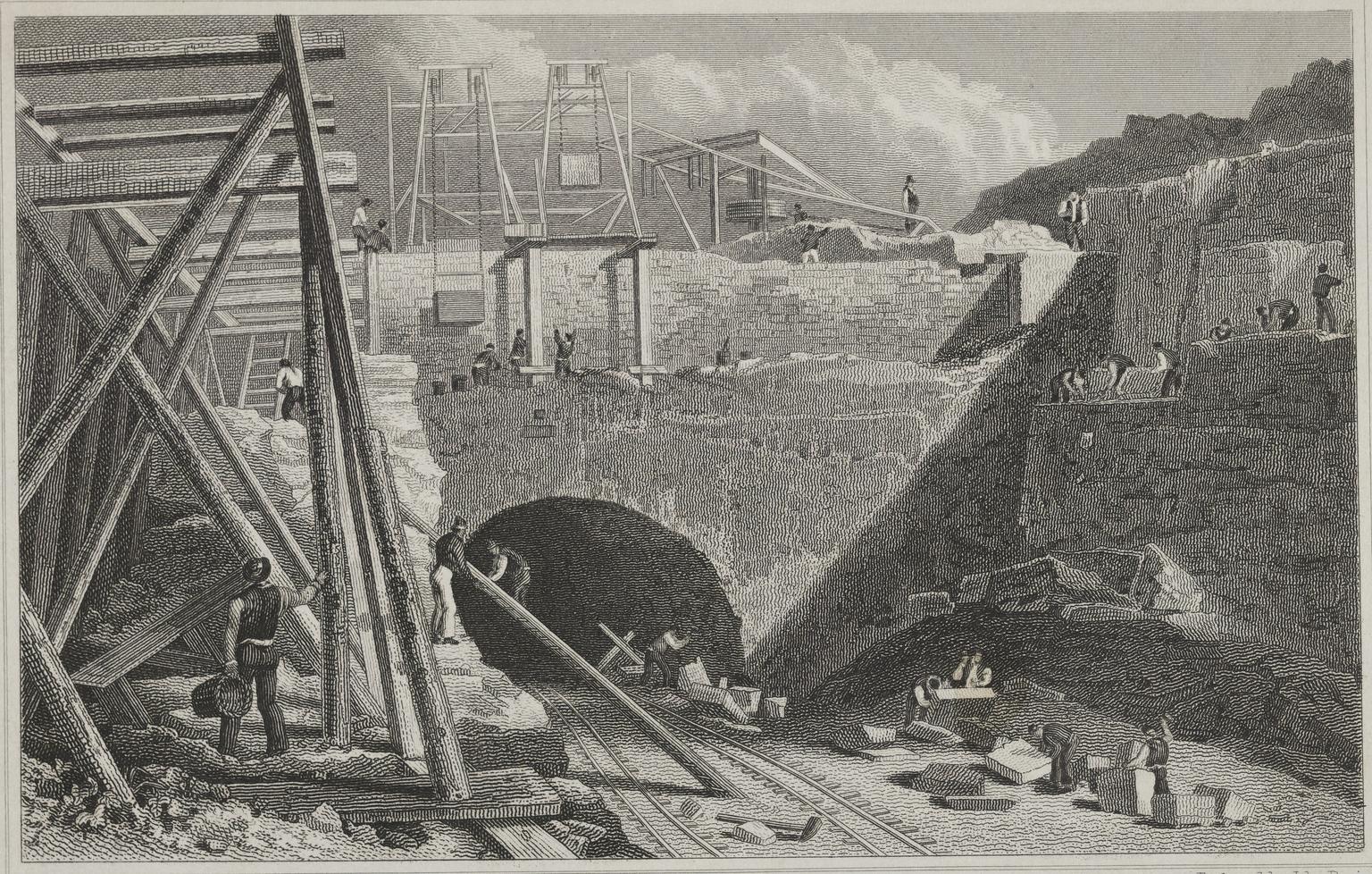
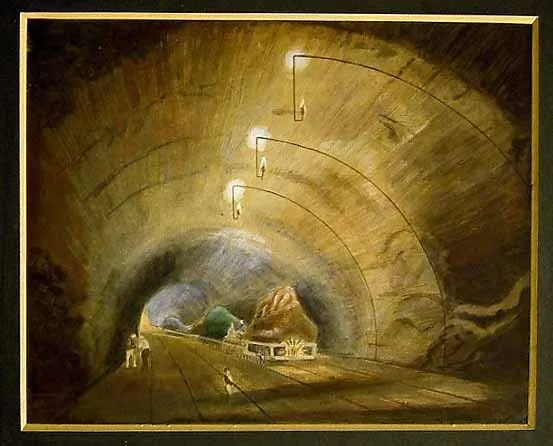
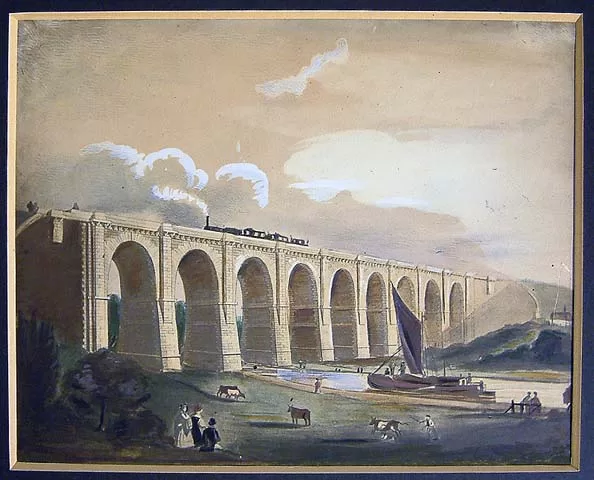
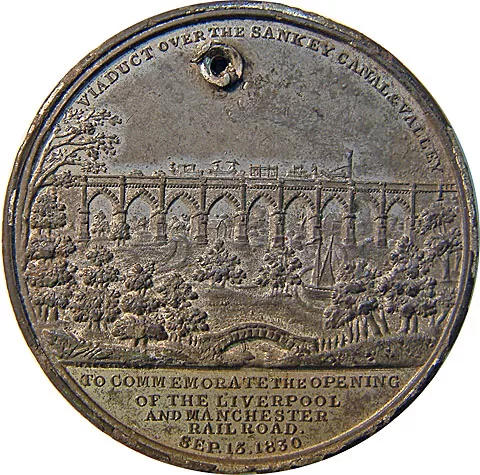
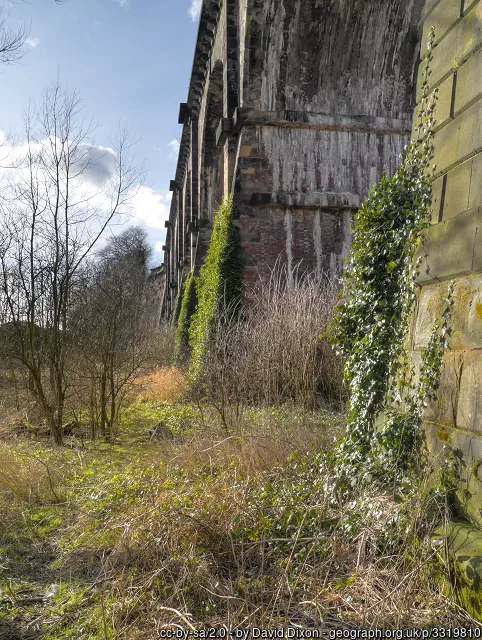
Leave a Reply